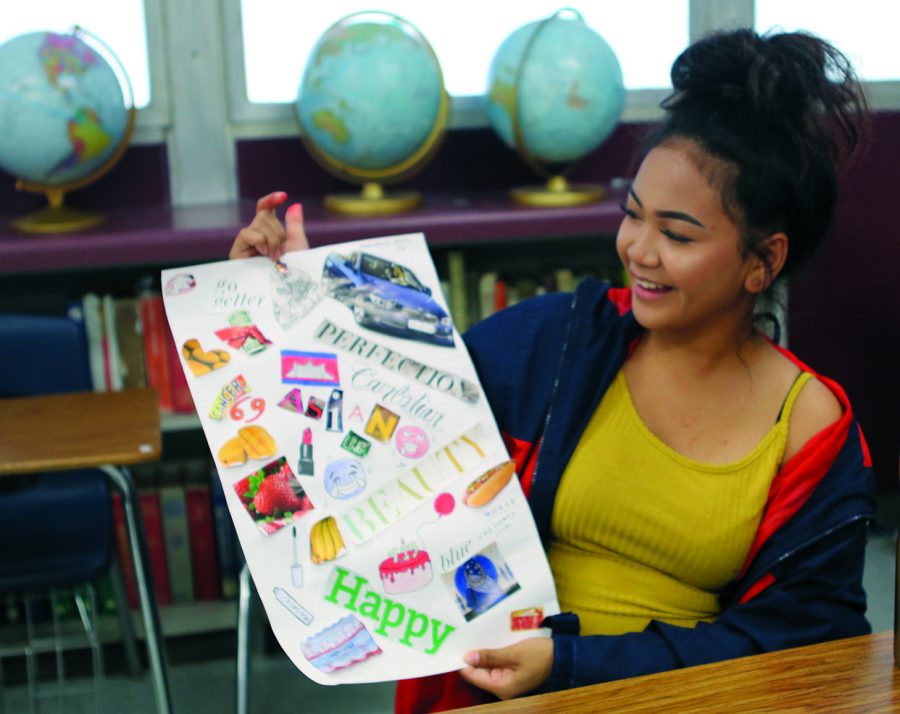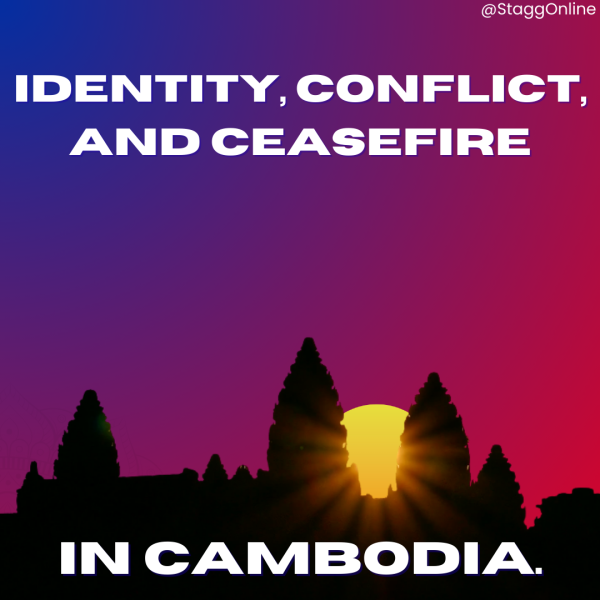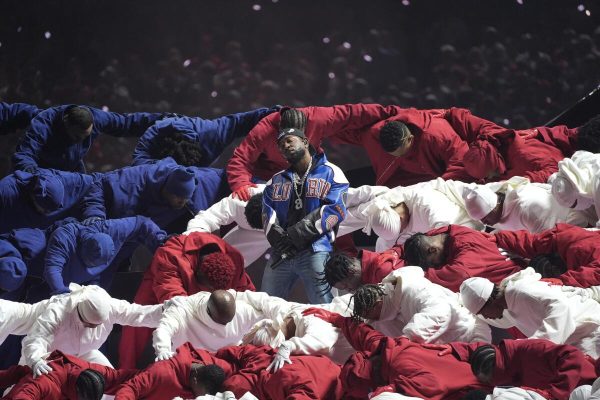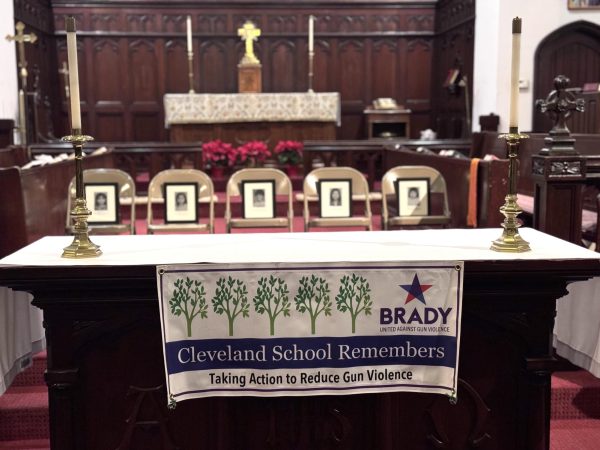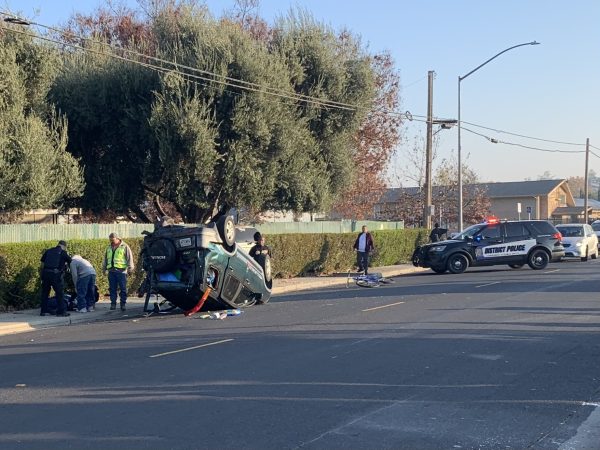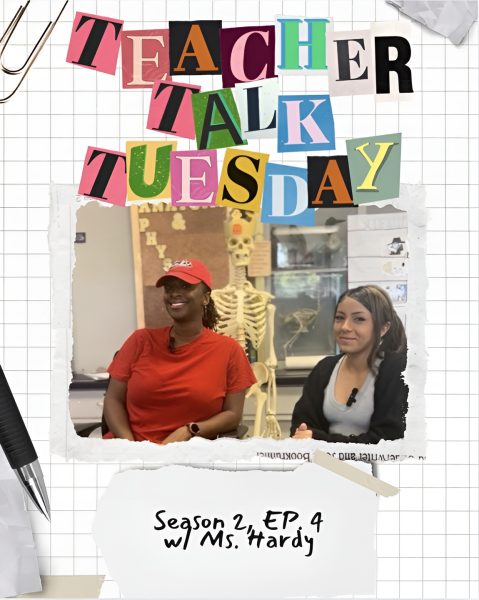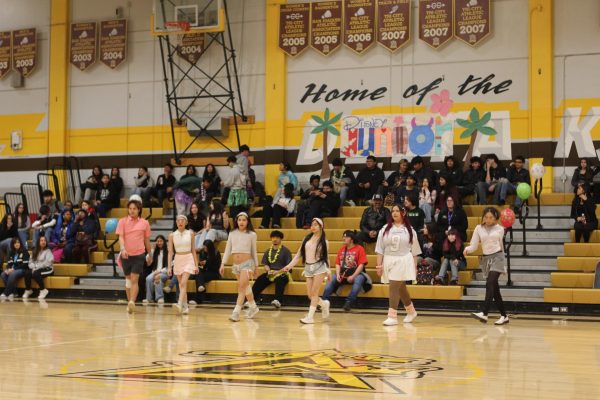Exploring Diversity
Ethnic Studies offers chance to learn about different cultures
Dead white males. That’s what students in history classes typically study year after year in history classes. And wars and presidents. History textbooks keep telling the same story. There has never been a class offered on campus to present the side of history that is often overlooked.
Until now.
This year, Stockton Unified School District has rolled out Ethnic Studies as a new class, including on this campus. Ethnic Studies exposes students to the world’s multifaceted history, not just the Eurocentric side that many are often familiar with.
Susan Diohep, who teaches the course, volunteered to take on the class last year and promoted it to her U.S. History students, hoping to have some of them enroll.
One of those students, senior Jose Villalobos, took this class in hopes of learning something most textbooks tend to overlook.
“Most of the stuff I’ve learned in this class is stuff I’ve never learned about,” he said. “We’ve learned about how the Irish had a famine, and they went to America to seek a better life.”
Senior Floydkeeuna Moffitt took the class to learn more about cultures straight from something other than word-of-mouth. “You actually get the opportunity to learn new things, not just go off of everything else,” she said.
Ethnic Studies is popular in places outside of Stockton. Los Angeles Unified School District passed a measure in 2014 requiring this course as a graduation requirement starting in 2019. Supporters hope that by making this a requirement, students will have a better understanding of different cultures and feel that they are on an even playing field with their peers.
The debate about whether to make Ethnic Studies a graduation requirement has sparked conversations across the country. While many argue that there is no benefit to taking the class, several studies have been conducted that show otherwise.
One study by Stanford shows high school students benefit from the course. It not only boosted their grades and attendance rates but gave the students needed credits to graduate.
Diohep said she feels the class serves as more than just telling history in the generic sense.
“I think the importance is that we see ourselves in our history,” she said. “It’s the idea of school as social justice, learning about the ways people have fought to make our country more inclusive and to get better rights for everybody.”
The class is currently working on a unit about migration and movement, doing projects about their families and how they came to America. Moffitt felt these projects helped her understand her own culture better and her family’s history.
She feels this class is important for all students take to truly learn about other cultures as well. “People come to me and tell me ‘this culture does this’ and ‘this culture does that,’ and I don’t want to go off of it because I don’t know if it’s biased or if it’s true,” the senior said. “So why not actually get facts about it and actually know that it’s true?”
Villalobos said he sees the class as an eye opening experience. “A lot of people, they’re one sided to these things, and they don’t look at it from a different perspective,” he said. “That’s what this class does.”

